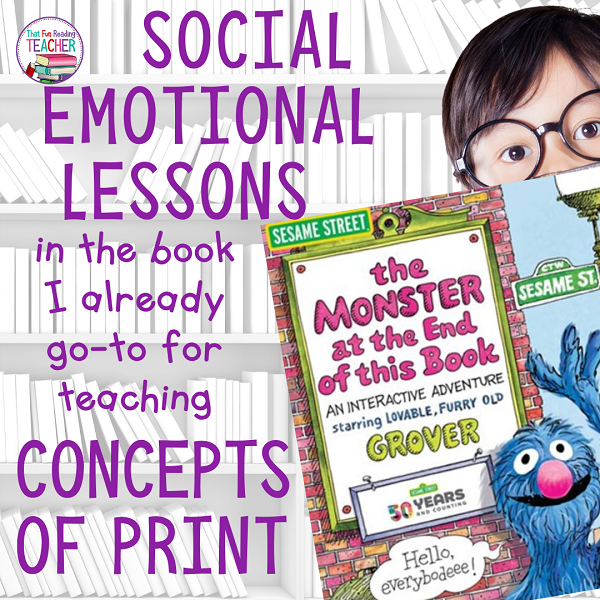
Teaching the difference between letters and words – strategies for addressing this often missed confusion and how I use them in the classroom!
I did not realize the importance of teaching the difference between letters and words when I started teaching.
Knowing the difference between letters and words is an often missed confusion for beginning readers and writers. Here are some strategies I learned in my Reading Recovery training and how I use them in the classroom!
I hadn’t noticed my students using ‘letters’ and ‘words’ interchangeably, or understood that in their minds, everything was just a big mess of print. A simple copying exercise with one instruction:
“Leave a space between your words.”
was an efficient way to find good listeners with this confusion in a first grade class! There was a 50% chance of spaces between every s i n g l e l e t t e r, or nospacesanywhere.
My first few years teaching…
I tried to teach my students that letters represent sounds, and that we speak using words. I was teaching the difference between letters and words by telling them these things, and that words have meaning and are made up of letters in a specific order. Many of them just could not process it yet. Circling letters in words on the chalkboard and chart paper (this was the late 90s) helped a few students. My kindergarten and first grade students with this confusion needed something more. And then, as they say, it happened. My training year of Reading Recovery.
The Reading Recovery way of teaching the difference between letters and words:
Step 1:
Using any kind of letters that can be moved independently of each other, make two or three short, easy words that your student will recognize. Say “These are words.”
Step 2:
Now spread those same letters out randomly and ask, “What do you see now?” Chances are, you’ll get the correct answer. Elaborate and confirm that indeed they are ‘only letters’, that they are by themselves, not in any special order and do not mean anything. They just represent sounds.
Step 3:
Ask the child how letters become words. Build a word or two together. Talk about what those words mean. Repeat every few days for a couple of weeks with different types of letters. Be creative!
Have fun playing with letters and words by keeping sessions short and sweet, and adding movement and laughter in where possible!
Introducing the Letters vs Words concept to a large group:
Now that I am back in the classroom again, I have found that the easiest way to introduce (and review) this concept to the whole class is through a storybook lesson. I wrote one for this purpose (see video of full book in TpT store description here or on Facebook here). If you know of other titles for this purpose, please feel free to share in the comments. I’d like to add them to my Pinterest board Language Arts Children’s Stories That Teach.
Consolidating:
Because these concepts are easily confused, repetition is very important. Visual storage of letters and words is a great daily reminder.


Let your students discover, have fun and explore. (And be sure to explain that ‘I’ and ‘a’ are both letters AND words. It blows their minds. That, my friends, is why I hang with the little peeps.
(Speaking of minds being blown, I finally wrote the post about my go-to Concepts about Print book – after discovering it is SO MUCH MORE!)
Take care, my friends.
Related:









Leave a Reply